Here is yet another "If I can do this, ANYONE can do this" thread on how to install a rear 12V outlet. This is a detailed thread with a lot of pics. The complete beginner who has never picked up a wrench should be able to do the install with complete confidence if you follow this thread's instructions. Because there are so many pics, this thread will be broken up over 3 to 4 posts.
Ok, let's get started. Open the rear door of the FJ Cruiser. If you do not have a 110 converter plug in the rear, then yours should look like this:
![Image]()
It's that little "almost" square cover we will be working with. Now, get a small flat-blade screwdriver, and pull the little cover off....it just snaps off at the top, and pull away:
![Image]()
![Image]()
Now, pull off the larger cover just forward of the small cover:
![Image]()
![Image]()
We are ready to begin, and are at the "point of no return. Once you drill into the cover, you can't go back
Continued in next post....
Ok, let's get started. Open the rear door of the FJ Cruiser. If you do not have a 110 converter plug in the rear, then yours should look like this:
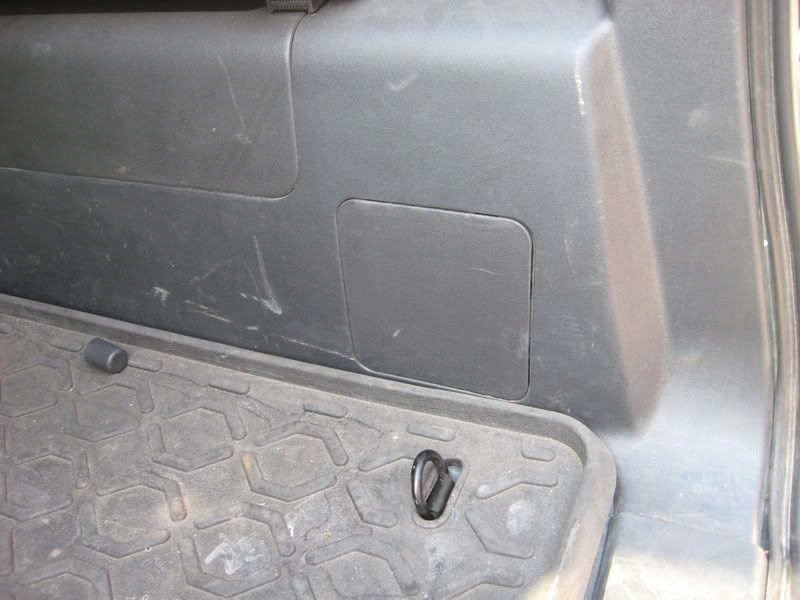
It's that little "almost" square cover we will be working with. Now, get a small flat-blade screwdriver, and pull the little cover off....it just snaps off at the top, and pull away:
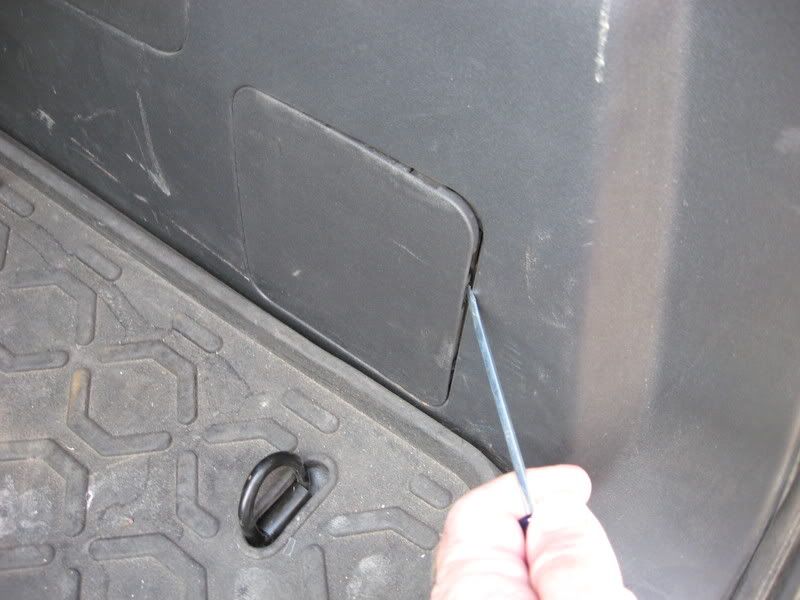
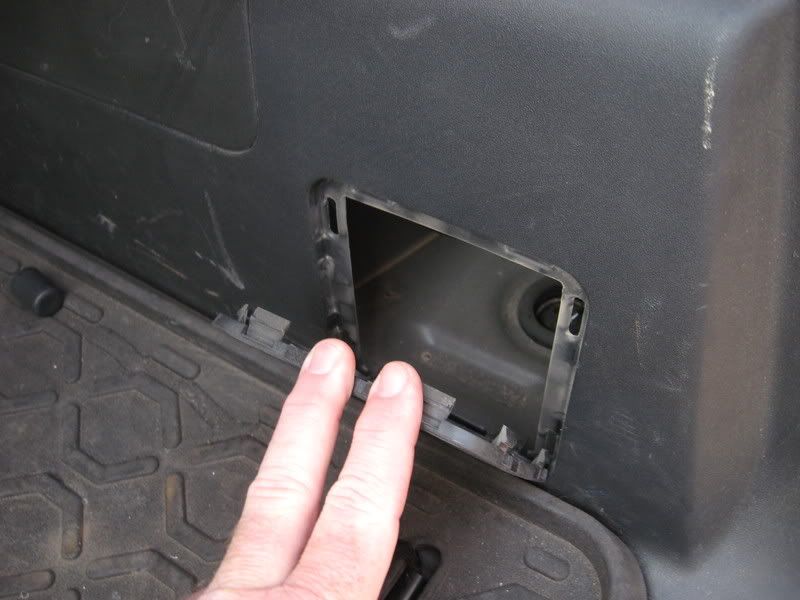
Now, pull off the larger cover just forward of the small cover:
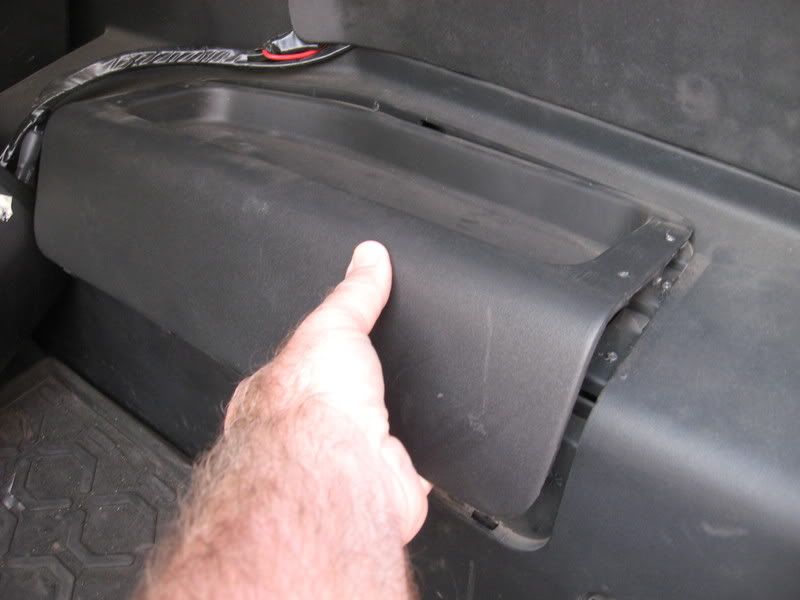
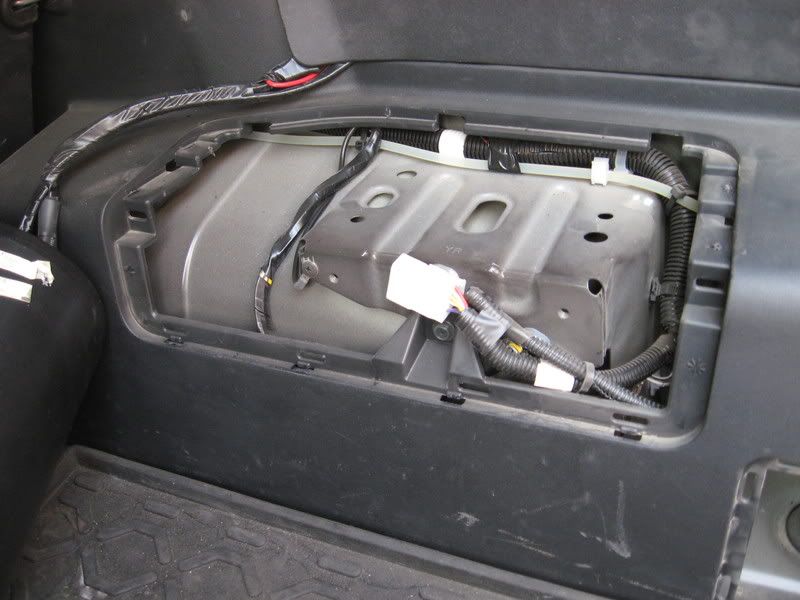
We are ready to begin, and are at the "point of no return. Once you drill into the cover, you can't go back
Continued in next post....





















